Choosing a marine battery involves understanding types suited to specific needs: lead-acid (affordable, reliable), gel cell (low maintenance), AGM (leak-resistant, deep cycle), lithium-ion (lightweight, efficient). Consider electrical requirements, DoD, climate, and budget. Lifespan factors include depth of discharge, temperature, maintenance, and storage conditions. Prolong battery life through regular cleaning, inspection, smart charging, optimal storage, and periodic deep cycling.
In the world of boating, a reliable marine battery is essential for ensuring your vessel’s smooth operation. With various types available, understanding their features and lifespans is crucial for every boat owner. This article explores the top 5 marine battery types, offering insights into their unique characteristics and average lifespans. From traditional lead acid batteries to cutting-edge lithium-ion models, discover the best options to power your boat while learning key factors influencing battery lifespan and essential care tips to maximize its service life.
- Understanding Marine Battery Types
- Lead Acid Batteries: Traditional Power
- Gel Cell Batteries: Maintenance-Free Option
- AGM Batteries: Deep Cycle Performance
- Lithium-Ion Batteries: Lightweight and Efficient
- Choosing the Right Battery for Your Boat
- Factors Affecting Lifespan of Marine Batteries
- Maximizing Battery Life: Care Tips
Understanding Marine Battery Types
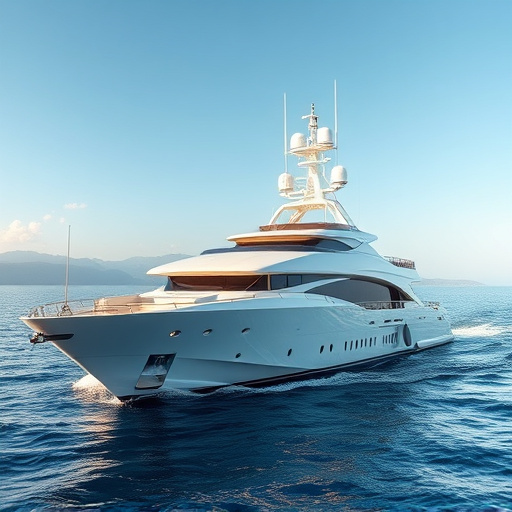
Choosing the right marine battery is crucial for ensuring reliable power in your boat or watercraft. Understanding the different types available is the first step. Marine batteries come in various forms, each designed to cater to specific needs and applications. Lead-acid batteries, for instance, are traditional choices known for their affordability and availability, but they may not offer the same level of performance and longevity as other modern options.
Lithium-ion batteries have gained popularity due to their superior energy density, lightweight design, and extended lifespan. They provide more power per weight than lead-acid batteries, making them ideal for smaller boats or those requiring high-drain devices like electric fish finders and GPS systems. Other types include AGM (Absorbent Glass Mat), which offers enhanced safety and vibration resistance, and gel cells, known for their deep cycle capabilities and low self-discharge rates. Each type has its advantages, catering to different marine applications and user preferences.
Lead Acid Batteries: Traditional Power
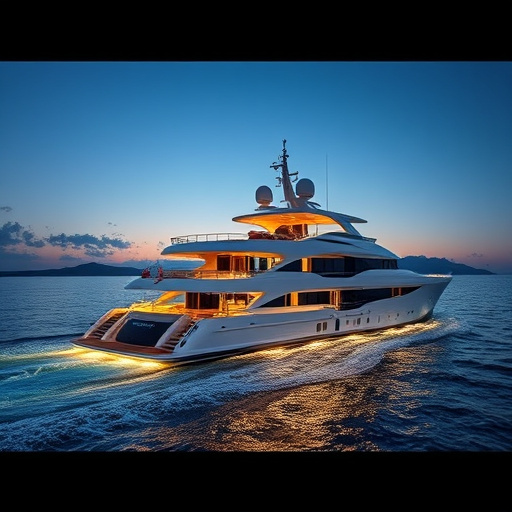
Lead Acid Batteries have long been considered traditional power sources for marine applications due to their affordability and widespread availability. These batteries are reliable and robust, making them a popular choice among boat owners and marine professionals alike. They are designed to withstand the demanding conditions often encountered on water, including exposure to salt water and varying temperature fluctuations.
The lifespan of Lead Acid Batteries can range from 3 to 5 years with proper care and maintenance, offering consistent performance throughout their service life. Despite their reliability, they do have some drawbacks, such as a lower energy density compared to other battery types, which means they may require more space on board and could potentially weigh down the vessel. However, ongoing advancements in lead acid technology continue to improve their overall efficiency and cycling capabilities.
Gel Cell Batteries: Maintenance-Free Option
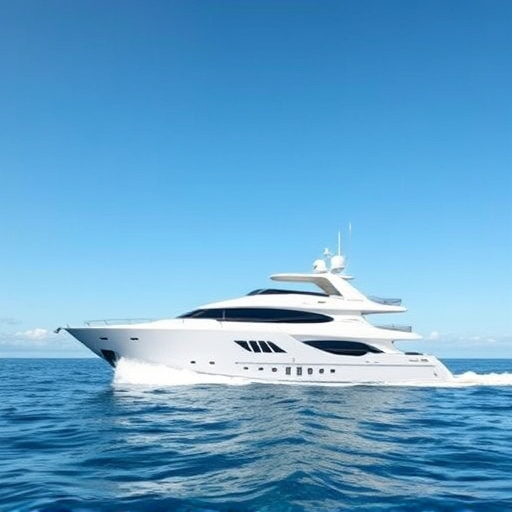
Gel cell batteries offer a convenient, maintenance-free option for marine applications. Unlike traditional wet cells that require regular checking and topping up of electrolyte levels, gel batteries are sealed units with no visible liquid components. This design makes them less prone to leaks and spillages, simplifying installation and use in boats, yachts, and other recreational vehicles.
The maintenance-free nature of gel cell batteries extends their lifespan, making them a reliable choice for marine use. With proper care, these batteries can last anywhere from 5 to 10 years or more, depending on usage patterns and environmental conditions. This longevity makes them an attractive option for boat owners looking for a hassle-free and long-lasting power solution for their vessels.
AGM Batteries: Deep Cycle Performance
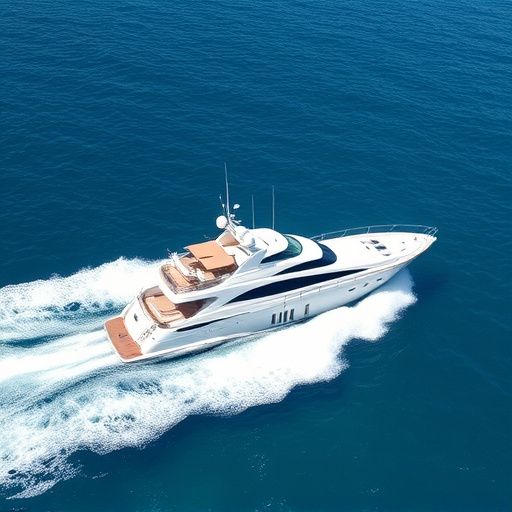
AGM batteries, or Absorbed Glass Mat batteries, are renowned for their deep cycle performance, making them an excellent choice for marine applications. These batteries can handle frequent deep discharge cycles, which are common in boats and yachts where power is used intermittently. The AGM design incorporates a glass fiber mat that absorbs and holds electrolyte, allowing for superior leak resistance and the ability to stand upright without damage. This feature makes them a reliable option for various maritime settings, from fishing trips to longer-duration cruises.
Compared to traditional wet cell batteries, AGM marine batteries offer enhanced durability and performance, ensuring a longer lifespan even in challenging marine environments. Their robust construction can withstand vibrations and extreme temperatures, making them a preferred choice among boat owners who demand reliable power solutions for their vessels.
Lithium-Ion Batteries: Lightweight and Efficient
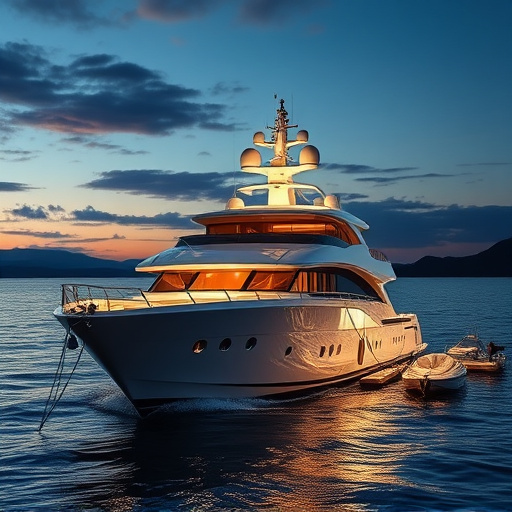
Lithium-ion (Li-ion) batteries have gained immense popularity in recent years, and for good reason. In the context of marine batteries, their lightweight design and superior efficiency make them an excellent choice for boaters looking for reliable power sources. Li-ion batteries offer a significant advantage over traditional lead-acid marine batteries; they weigh less, allowing for easier installation and reduced strain on boat systems. This is particularly beneficial in boats where weight distribution is critical to overall performance.
These batteries are known for their long lifespan and robust energy density. Marine enthusiasts appreciate that Li-ion batteries can withstand numerous charge cycles while retaining most of their capacity. Their efficient design also translates to faster charging times, ensuring boaters can get back out on the water in no time. With proper care, these batteries can last for several years, providing a reliable power solution for various marine activities.
Choosing the Right Battery for Your Boat
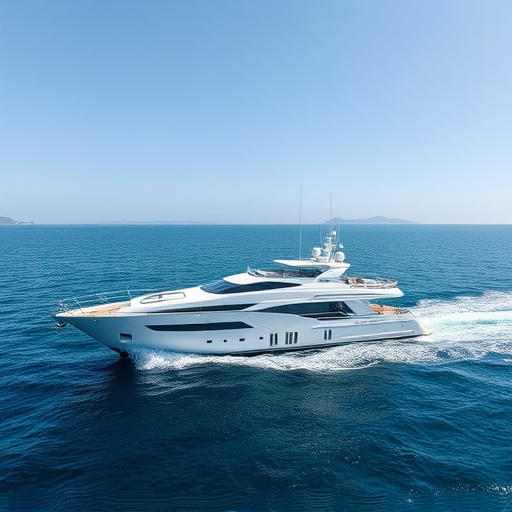
Choosing the right marine battery is a crucial decision for boat owners as it directly impacts their navigation, safety, and overall boating experience. When selecting a marine battery, consider factors such as your boat’s electrical requirements, depth of discharge (DoD), climate conditions, and budget. Different types of marine batteries cater to specific needs; deep-cycle lead-acid batteries are popular for their affordability and versatility, suitable for various applications from trolling motors to on-board lighting. On the other hand, lithium-ion batteries offer higher power density, faster charging times, and longer lifespans, making them ideal for high-performance boats or those requiring frequent deep discharge cycles.
Additionally, understanding your boat’s energy consumption patterns is key. High-amp draw devices like fish finders, GPS systems, and water heaters demand more power, necessitating a battery with sufficient capacity. Maintaining proper charging practices and regular battery testing can significantly extend its lifespan. In the competitive market of marine batteries, looking for reputable manufacturers who offer warranties and considering user reviews will ensure you make an informed choice to keep your boat running smoothly and safely.
Factors Affecting Lifespan of Marine Batteries
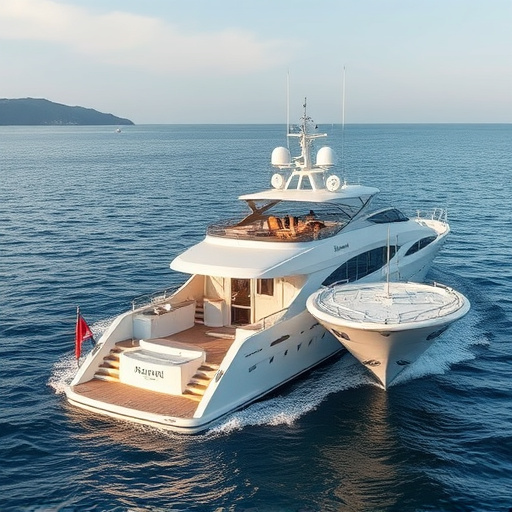
The lifespan of a marine battery is influenced by several key factors. One of the primary considerations is the depth of discharge; batteries that are regularly discharged to low levels tend to have shorter lifespans compared to those used in lighter, less demanding applications. Temperature plays a significant role as well—extreme heat or cold can accelerate corrosion and degradation of the battery’s internal components.
Another critical factor affecting marine battery lifespan is maintenance. Regular cleaning and servicing, including checking for any signs of leaks or damage, can significantly extend the battery’s service life. Additionally, proper storage conditions between uses are essential; keeping batteries charged at optimal levels and stored in a cool, dry place helps maintain their health and performance over time.
Maximizing Battery Life: Care Tips
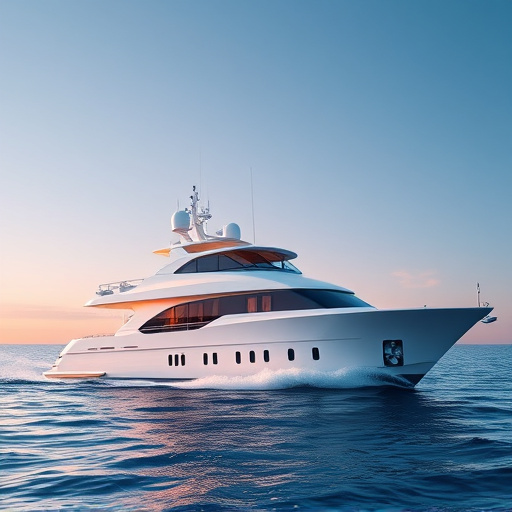
To maximize the lifespan of your marine batteries, proper care is essential. Regular cleaning and inspection are crucial, ensuring terminals are free from corrosion and debris. Avoid deep discharge cycles by using a smart charger that can maintain a consistent voltage, protecting the battery from excessive draining. Additionally, maintaining optimal charging levels between 40% and 80% extends the overall health of your marine battery. Storage is another vital aspect; when not in use, store batteries in a cool, dry place, avoiding extreme temperatures. Lastly, consider periodic deep cycling to rejuvenate the battery’s performance, especially for boats used infrequently.
When selecting a marine battery, understanding the unique characteristics of each type is key. From traditional lead acid batteries offering reliable power at a lower cost to lightweight lithium-ion batteries providing superior efficiency and longevity, the market offers diverse options to suit various boat requirements. By considering factors like depth of discharge, climate, and desired lifespan, boaters can make informed decisions to ensure their marine batteries deliver optimal performance for years to come. Regular maintenance and proper care will further extend these batteries’ lifespans, ensuring a reliable power source for all your adventures on the open water.
